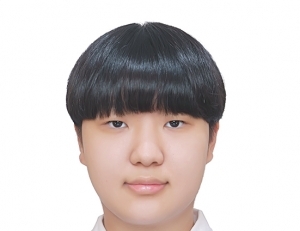Generative AI is a type of artificial intelligence that produces new content by learning from existing data such as text, audio, and images. Some well-known examples of AI are ChatGPT from OpenAI and Gemini from Google. Many other AI programs have emerged since ChatGPT. They deepened technological competition and even caused an AI boom. ChatGPT quickly spread worldwide, surpassing 100 million users within a month of its launch in 2022. Although an error occurred in the short term due to a server problem recently, we have become inseparable from Generative AI to the extent that OpenAI promised compensation in response to widespread complaints. How is generative AI playing a role in the world, especially in education? Moreover, how much impact does it have on us?
It is such a common part of student life that it is difficult to find anyone who hasn’t used generative AI to study. Students utilize the advantages of generative AI in three ways. First, it can help create many ideas through brainstorming. Brainstorming is the way to select the best idea among ideas generated by free discussion of participants. The most important thing is writing down every thought that comes to mind. Participants can choose the best one or find another one by asking for more ideas. Next, generative AI can provide a detailed solution to calculation problems. The process of solving problems given in science and engineering textbooks is often inadequate or difficult to understand. Generative AI scans the requested question and shows the way to resolve it in detail. If the user wants, it can explain the theory or concept that is used. Lastly, generative AI can rearrange and summarize numerous documents into a single page. Students use it to remind themselves of important content. AI has functions not only for summarizing, but also for making multiple-choice or descriptive questions. Thanks to the abilities of generative AI, students are receiving support in the academic system. Furthermore, each person has acquired academic achievements and enhanced their motivation to study. At this point, Generative AI’s contribution to achieving the ultimate goal of learning- training national human resources- cannot be ignored.
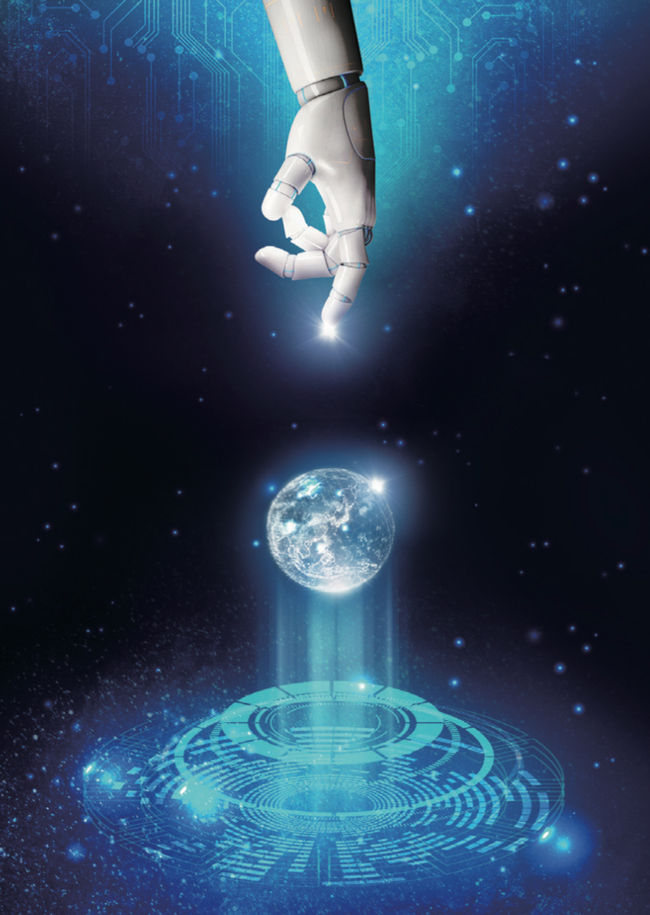
Generative AI has become a tool that lowers the barrier to education and helps anyone access knowledge more easily. However, there are clearly problems that cannot be ignored. The first issue is copyright. Generative AI careless use of content in the educational field. The second issue produces results in various forms such as text, images, and code. But the question of who owns the copyright to these results is still unclear. For example, if a student uses AI to create a report or presentation that includes an image based on another artist’s work, it is not clear who holds legal responsibility. Such confusion can make users less cautious about copyright and may encourage is the spread of false information. Generative AI process, it can include incorrect facts or even refer to sources that don’t actually exist. For instance, when asked to provide references for a paper, AI sometimes gives book titles or article names that are not real or websites that don’t work. This can confuse learners and make them trust the wrong knowledge.
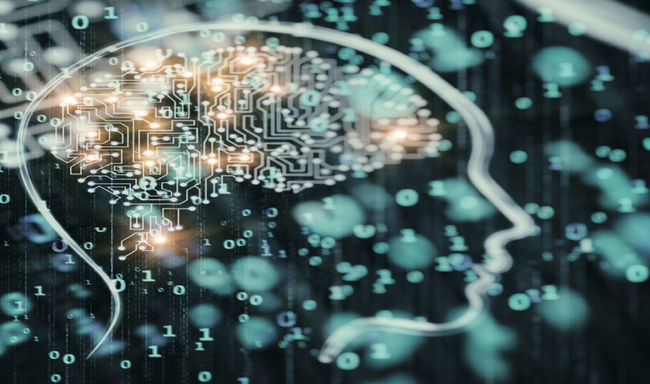
In conclusion, to avoid the side effects of generative AI, it is important for users to think about how to use it as a tool. It should not just be used as a way to quickly get results, but with a mindset that questions the truth and how to apply the information. First, the main actor in collecting information should be the human. Rather than relying on AI to find the information, users need to develop their own ability to search for high-quality sources. Second, AI’s answers should always be verified. The information from AI is only for reference, and it is not always the correct answer. So we need to search again or compare it with trusted sources to check if it is true. Especially for reports and assignments, we should not submit AI-generated content as it is, but review and revise it ourselves. Third, we need to be careful about language errors. For example, English-based AI like ChatGPT processes Korean questions by translating them into English, and the meaning can sometimes be distorted during this step. So for important questions, it is better to ask in English directly or clearly refine the question. In this way, users must understand the limits of AI and learn how to make up for them.
Not only in education, but in many other areas, the positive impact generative AI has had on us is countless. However, as people are amazed by its perfection, blind dependence on AI is also increasing. In any field, generative AI is only a tool that gives us ideas. The task of verifying whether the information is true or false, and using only what is necessary with a critical mind is still something only humans can do. Instead of blind trust, we should aim for a world where generative AI is used wisely based on critical thinking.
81st Reporter • AN KEUM HYUN • angeumhyun1@gmail.com
84th Cub Reporter • LEE HYE WON • heyoneeda4529@naver.com
- TAG
-
 Freedom Given to Youth: An Opportunity for Choice or a Burden of Constraint?
“Are we truly free today?” Classical literature is far more than time-honored stories. It offers profound insights into human nature and society that transcend time, remaining a valuable resource for examining the challenges our world faces today. This article will draw on George Orwell’s 1984 and Charles Dickens’ Oliver Twist to explore the contemporary issues of youth housing and the emergence of a surveillance society ...
Freedom Given to Youth: An Opportunity for Choice or a Burden of Constraint?
“Are we truly free today?” Classical literature is far more than time-honored stories. It offers profound insights into human nature and society that transcend time, remaining a valuable resource for examining the challenges our world faces today. This article will draw on George Orwell’s 1984 and Charles Dickens’ Oliver Twist to explore the contemporary issues of youth housing and the emergence of a surveillance society ...

 [단신] 산악회, 본교 동문의 버팀목이 될 수 있도록
[단신] 산악회, 본교 동문의 버팀목이 될 수 있도록
 [사회메인] 노인 인구 1,000만 시대, 준비 없는 사회가 불안해
[사회메인] 노인 인구 1,000만 시대, 준비 없는 사회가 불안해
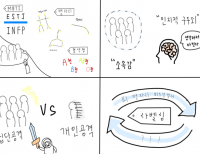 [네컷만화] 라벨링 문화
[네컷만화] 라벨링 문화
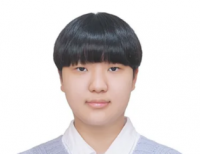 [진리터] 결국 우리 모두 돌아볼 것이니
[진리터] 결국 우리 모두 돌아볼 것이니

 목록
목록







